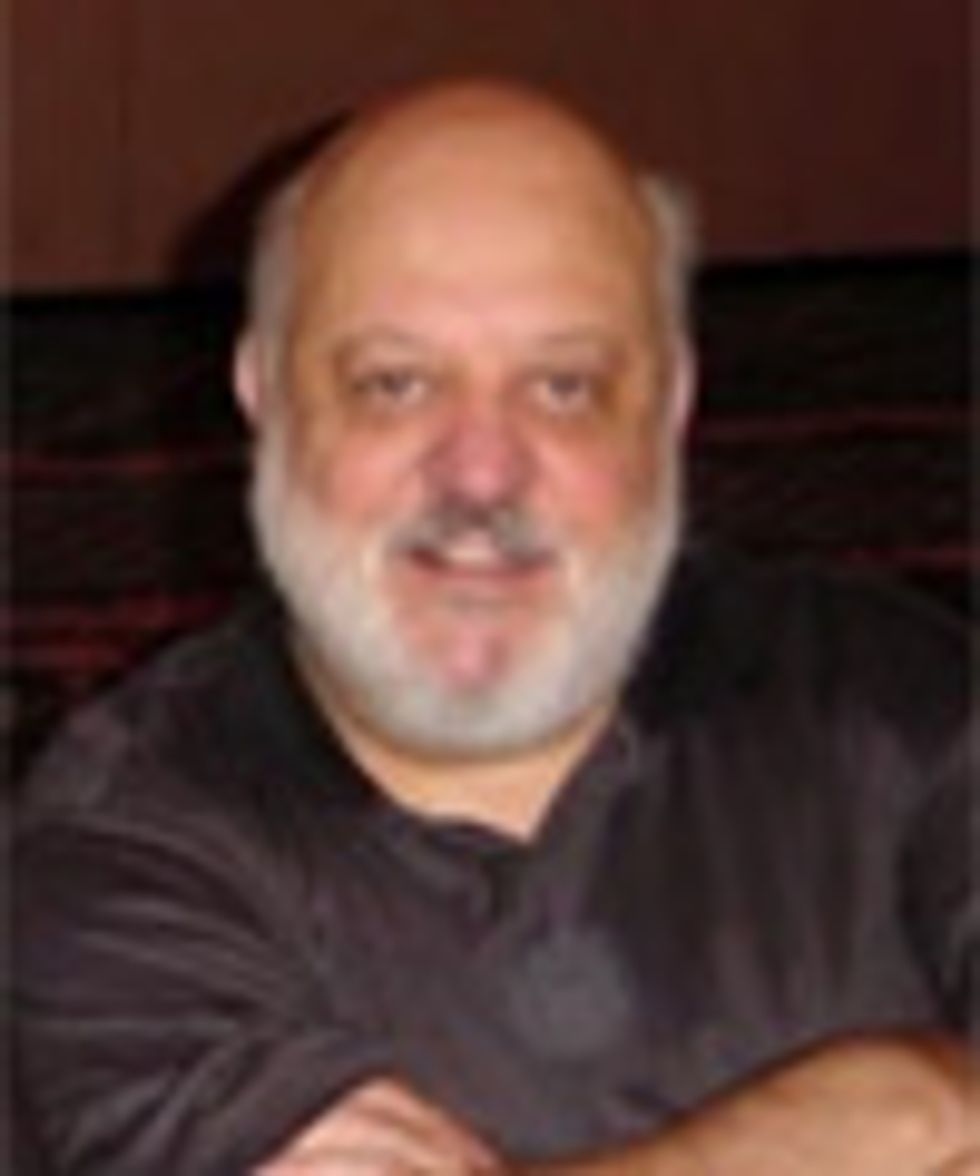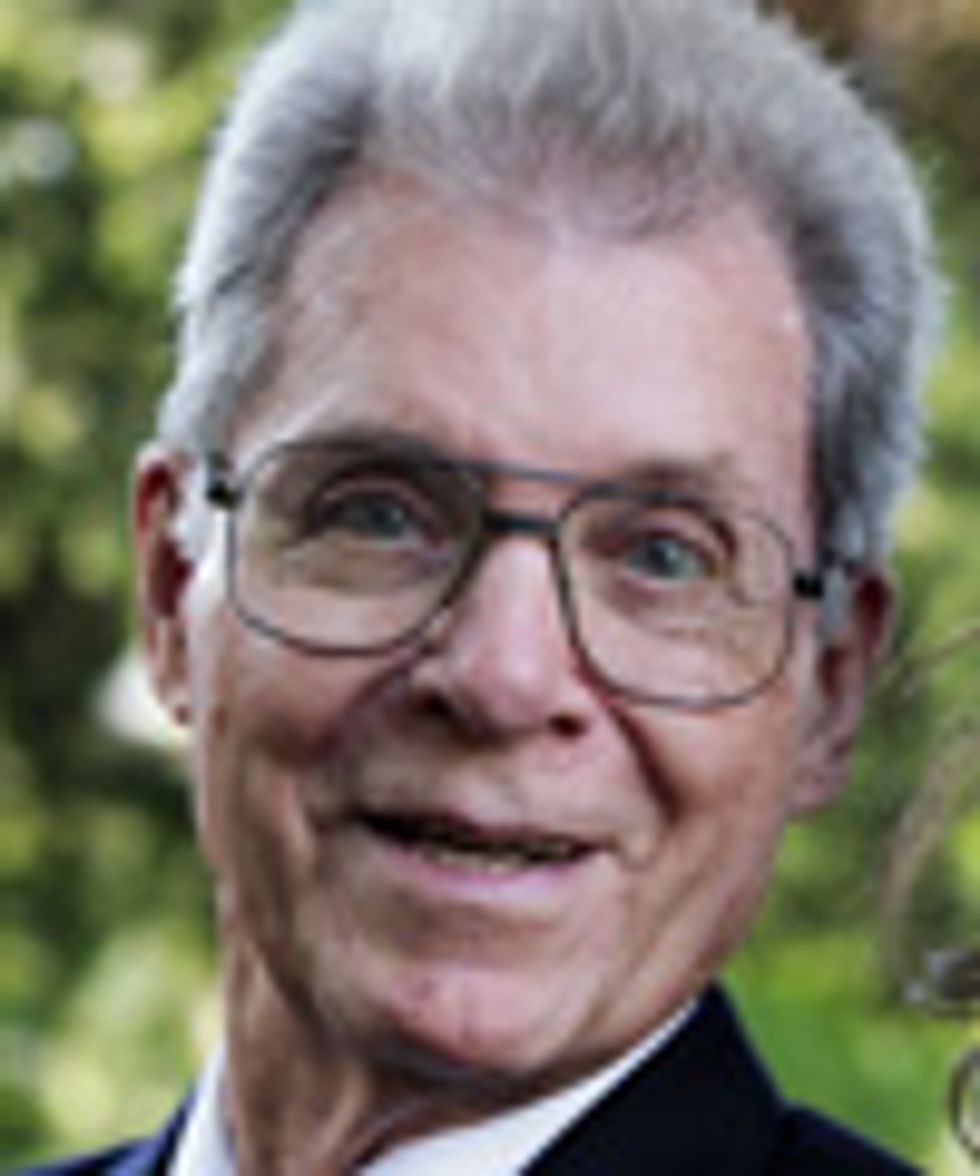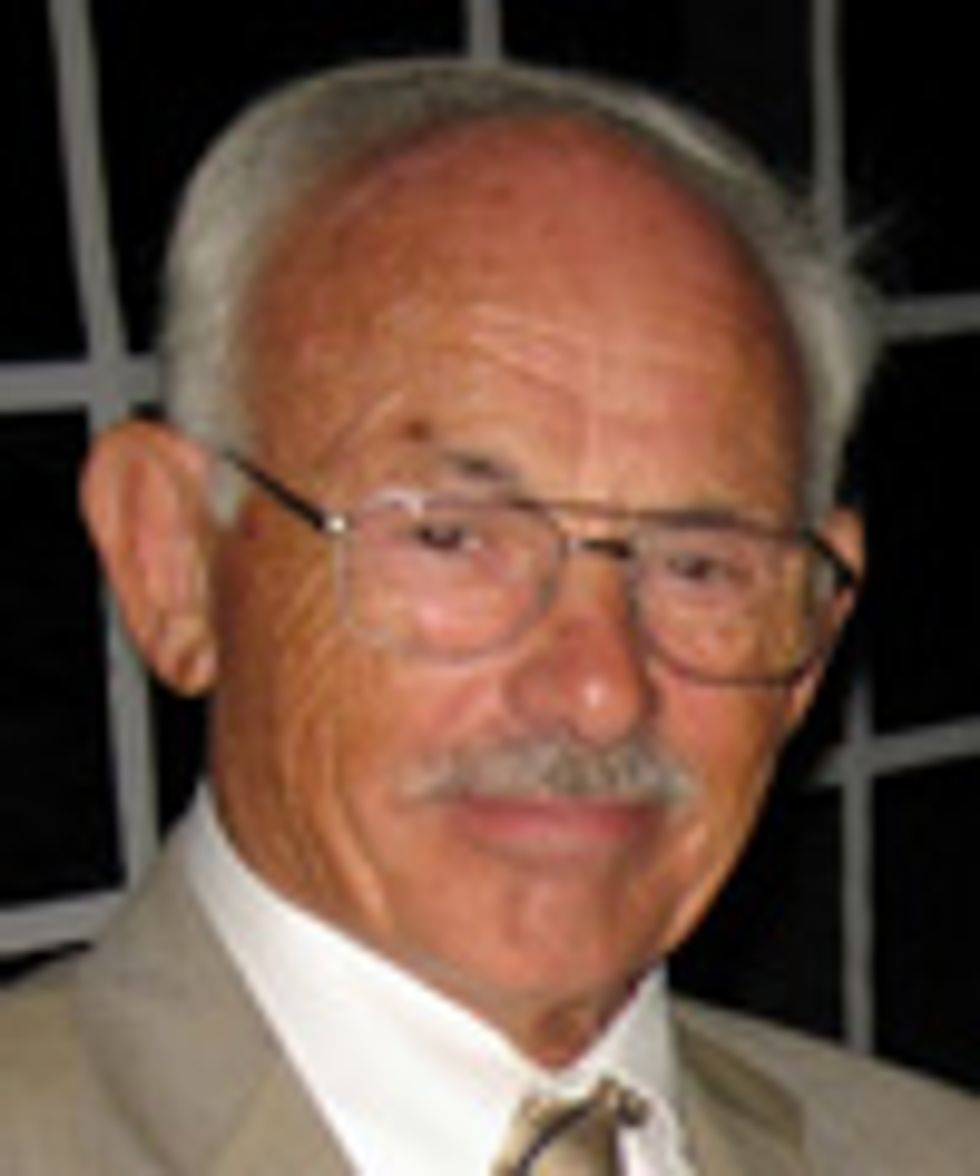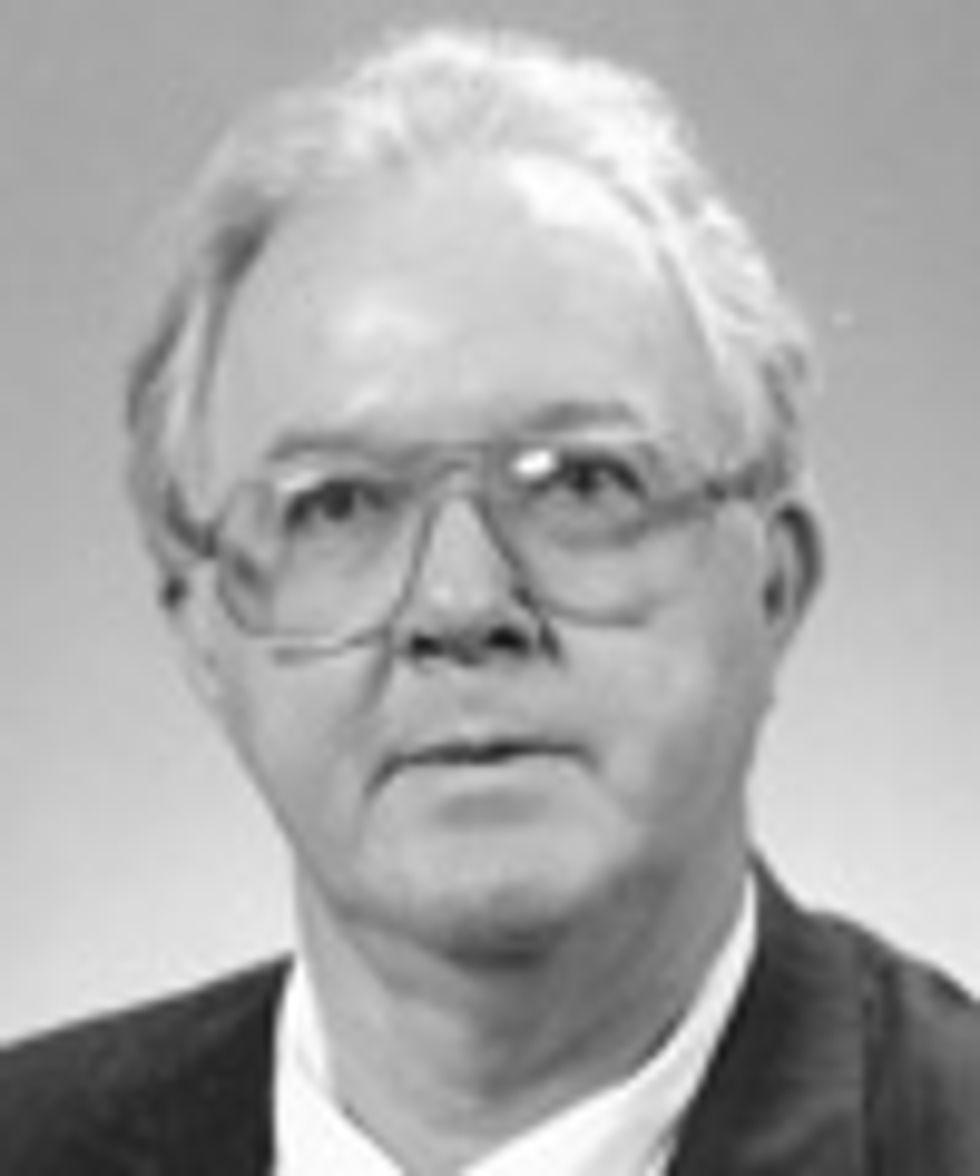
Enrique H. Ruspini
Fuzzy-logic pioneer
Life Fellow, 79; died 15 October
Ruspini was a pioneer of fuzzy logic and introduced its use to the treatment of numerical classification and clustering problems, according to a biography on the Engineering and Technology History Wiki.
He began working at Hewlett Packard Labs as a staff scientist in 1982. He left there in 1984 to join SRI International’s Artificial Intelligence Center, in Menlo Park, Calif., as a principal scientist. He worked there until he retired in 2009.
Ruspini received his bachelor’s degree in mathematical sciences in 1965 from the University of Buenos Aires. Ten years later, he received a Ph.D. in system science from University of California, Los Angeles.
He was the 2001 president of the IEEE Neural Network Council, and he served as the IEEE Computational Intelligence Society’s vice president of finance from 2013 to 2018. He was a member of the IEEE Division X board in 2003–2004.
Ruspini received the 2004 IEEE Meritorious Service Citation and the 2018 IEEE Frank Rosenblatt Award.

Radar engineer
Life member, 89; died 11 March 2019
Dyce earned a bachelor’s degree in physics in 1951 and a Ph.D. in electrical engineering four years later from Cornell. He experimented with the reflection of UHF radio waves from the aurora borealis for his graduate work. After he received his doctorate, he served for two years as a lieutenant in the U.S. Air Force at the Griffiss base, in Rome, N.Y.
After leaving the military, he joined the Stanford Research Institute, in Menlo Park, Calif., as a senior scientist. He worked in the communications and radio physics lab, where he researched satellite radar echoes, high-altitude nuclear weapons effects on the ionosphere, and the electromagnetic effects of missile flight. He joined Cornell in 1964 as associate director of the Cornell-built National Astronomy and Ionosphere Center, in Arecibo, Puerto Rico.
There he conducted radar experiments and studied the behavior of Mercury, Venus, and Mars. He built two major antenna systems for the observatory—one of which was for an ionospheric heating facility.
Dyce left his position at the observatory in 1978 and began working at Equatorial Communications, a satellite data startup in Sunnyvale, Calif. He worked for Equatorial until he retired 15 years later.
He coauthored scientific papers that were published in Nature and the Journal of Geophysical Research.

Frederick Harold Maltz
Signal processing engineer
Senior member, 88; died 31 March 2019
After graduating from the University of California, Los Angeles, with a bachelor’s degree in general engineering in 1953, Maltz joined the U.S. Naval Research Lab in Washington, D.C., to work on long-range and high-resolution sonar. In 1962 he received a master’s degree in mathematical statistics from Stanford University.
Maltz was hired as a research scientist in 1962 at the Lockheed Martin Advanced Systems Development Center, in Palo Alto, Calif. While there, he received an award from NASA in recognition of his work on electromagnetic scattering and remote sensing in the early development of Seasat, a satellite program that tested oceanographic sensors.
In 1985 he joined Westinghouse in Pittsburgh as a principal engineer. There he developed sonar systems and acoustic signal processing for surface-ship and anti-submarine combat systems.
Two years later he rejoined Lockheed Martin to lead a development project to analyze high-frequency sonar and acoustic signal processing systems onboard autonomous underwater vehicles.
Maltz was a member of the IEEE Oceanic Engineering Society. He received the 2000 IEEE OES Distinguished Service Award and the 2016 IEEE OES Emeritus Award.
Herbert R. Carleton
Physicist
Life senior member, 90; died 24 August
Carleton joined the U.S. Navy after graduating high school and completed basic training at Naval Station Great Lakes, in Illinois. He then served at the Santa Ana Naval Lighter-Than-Air Base, in Tustin, Calif., where he developed systems for unmanned craft.
After Carleton left the military in 1949, he returned to his New York home on Long Island and worked for electronics and equipment manufacturer Sperry Rand in Lake Success. At night he pursued a bachelor’s degree in mathematics.
He moved in 1954 with his family to California, where he worked for equipment manufacturer Bendix. He continued his studies and, in 1958, earned a bachelor’s degree from the University of Southern California, in Los Angeles.
He moved back to the East Coast in 1958 and received a Ph.D. in physics in 1964 from Cornell.
Carleton was hired in 1967 as a professor by the State University of New York at Stony Brook, where he taught until he retired more than 20 years later. During his tenure, he researched how to use ultrasound to examine coal waste in artificial reefs. He also studied the development of parallel processors in computing.

Mathematician
Senior member, 81; died 1 November
McCaskill joined the U.S. Naval Research Laboratory in Washington, D.C., in 1960 as a mathematician and physicist. He worked for the NRL for 42 years and made key contributions toward the development of the Global Positioning System.
He received an associate degree in art in 1958 from Wingate University, in North Carolina. He went on to study at North Carolina State University, in Raleigh, where he received a bachelor’s degree in mathematics.
McCaskill participated in the NRL Edison Memorial Training Program, which provided employees with the opportunity to pursue a graduate degree from a local university. He received a Ph.D. in mathematics from the University of Maryland in College Park.



